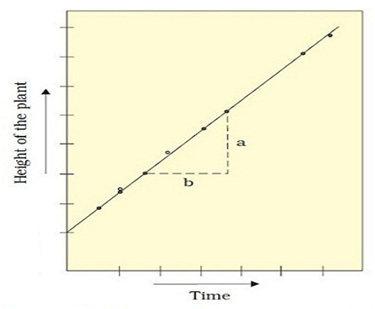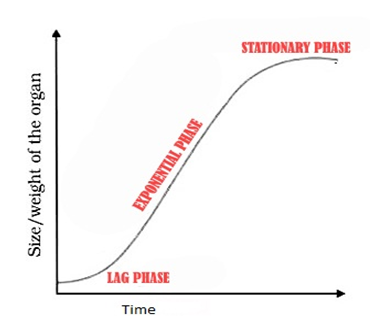Table of Contents
Introduction
Alike, animals and humans, plants too, grow in height and size over a period of time.
But how do plants grow? How do flowers and fruits in a tree appear and fall periodically?
All these periodical events in plants, right from the zygote stage to the full-grown plant take place in an orderly manner and this is termed growth and development.
Here, in this article let us understand plant growth and its phases in more detail.
Plants Growth
Growth is the most fundamental characteristic of all living organisms. It is an irreversible and permanent metabolic process. Be it plants, animals, birds or an insect, every simplest, as well as the most intricate living species, undergo the process of Growth-increasing in size.
Plants do have a unique ability to grow continually throughout their life cycle. The entire process of growth and development in plants is carried out by the specialized cells – meristematic cells.
Also Refer: Metabolism and Metabolic Pathways
Phases of Growth in Plants
There are three phases of growth – meristematic, elongation and maturation. We can understand this better by looking at a seed. We already know that the tips of roots and shoots exhibit continuous growth and hence are meristematic. The cells in this region are rich in protoplasm and have large nuclei. The cells next to this region represent the elongation growth phase. In this region, there is the formation of new cell walls, vacuoles etc. The region next to the elongation phase represents the maturation phase in which the cells attain their maximal size.
Growth Rates
The number of cells in organisms increases in a number of ways. The increased growth per unit time is termed the growth rate. This can be expressed mathematically.
There are two types of growth rates – Arithmetic and Geometric.
In arithmetic growth rate, out of the two daughter cells produced by the mitotic division of a cell, only one daughter cell continues to divide while the other differentiates and matures.
Also Read: Cell Cycle and Cell Division
The following curve represents the arithmetic growth phase:

In the case of the geometrical growth phase, the initial growth is slow and it increases rapidly thereafter at an exponential rate. In this, both daughter cells retain their ability to divide. The following curve represents the geometric growth phase:

Conditions for Growth
Some of the elements essential for the growth of plants are oxygen, water, and nutrients. Water enters the cells and causes turgidity. This results in the enlargement of the cell. Water also provides a medium for the activities of enzymes. The metabolic energy required for various activities is obtained from oxygen and sometimes nutrients. Optimum temperature, light, and gravity are also required for the proper growth and development of the plant.
For video lessons on phases of growth of plants and other biology topics, download BYJU’S – The Learning App.

Comments